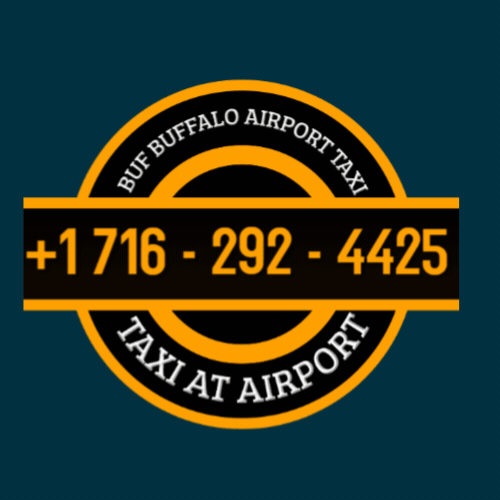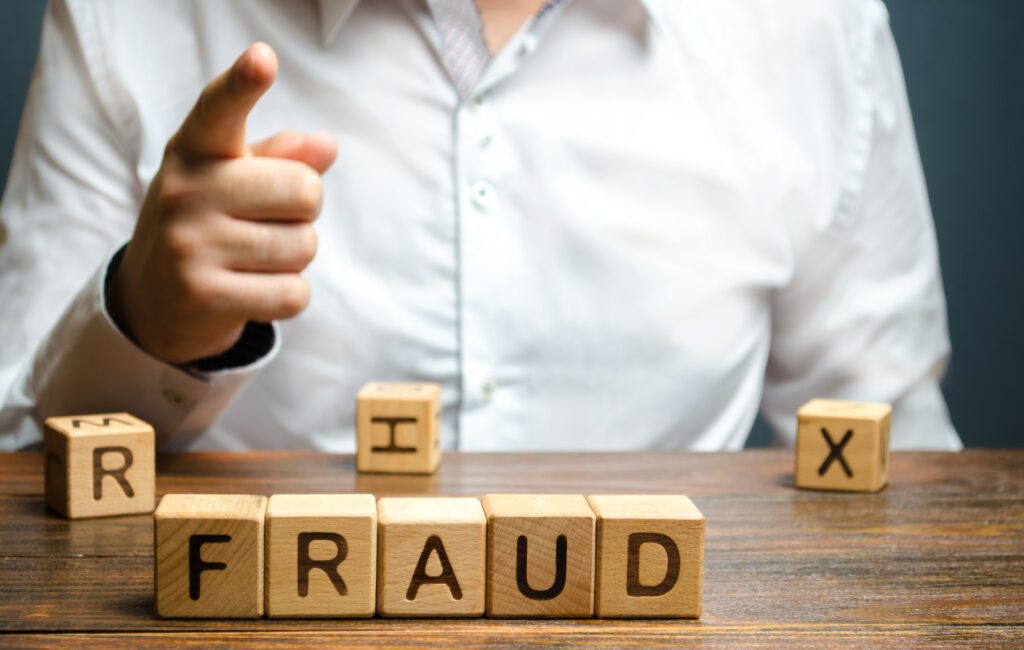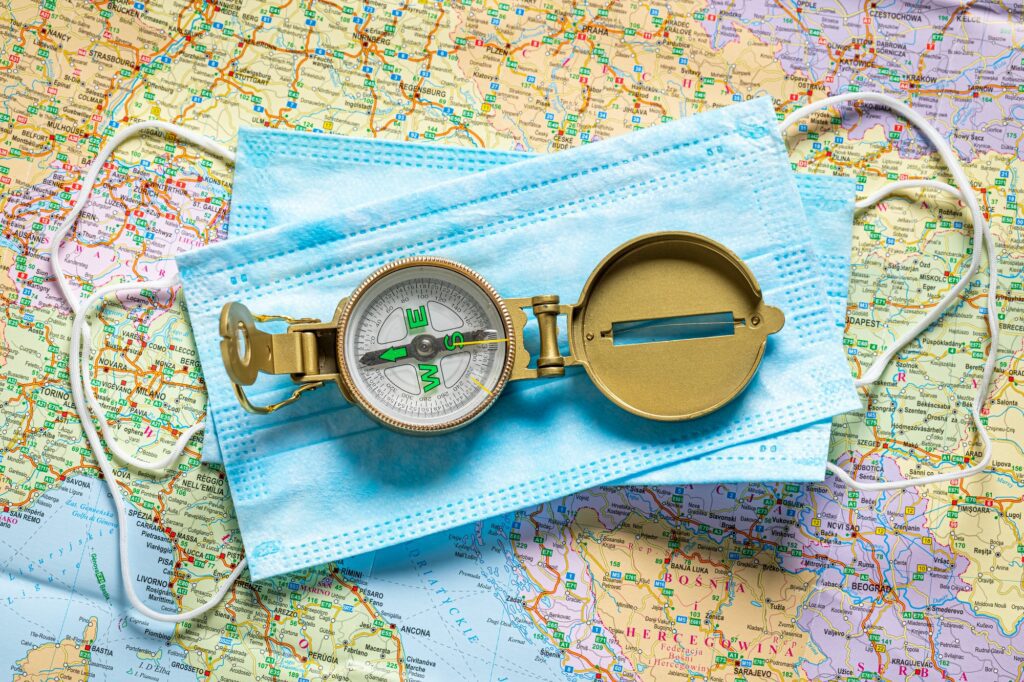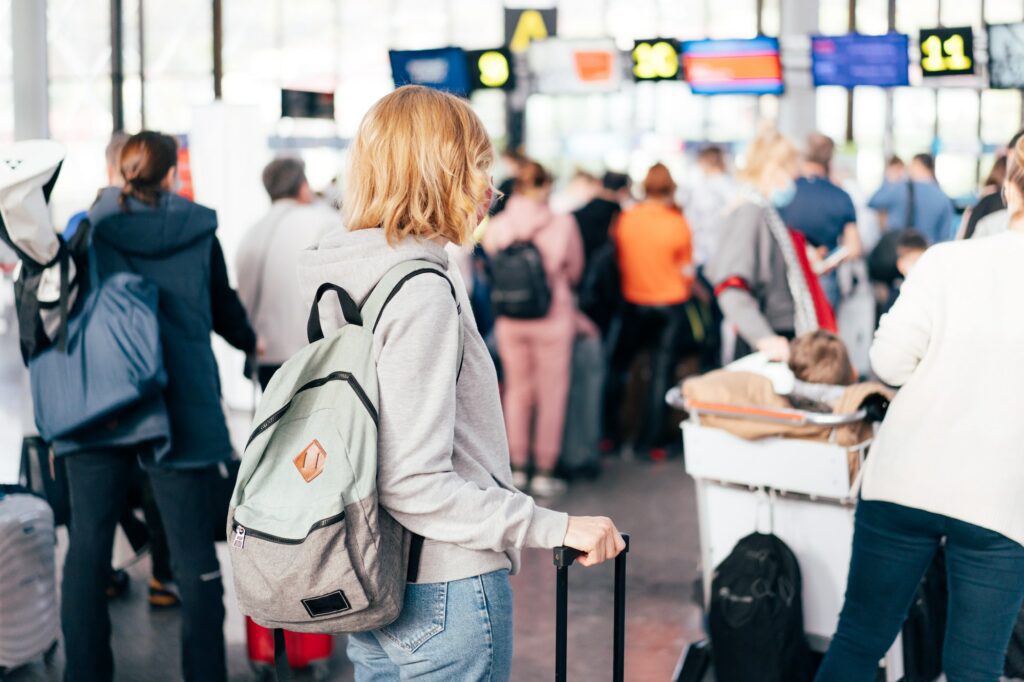Info@BUFAirporttaxi.com
+ (716) 292-4425
Buffalo Airport
Taxi Fare Chart
| Destination | Fare |
|---|---|
| Airport to Chautauqua Institution | $250 |
| Airport to Fredonia | $150 |
| Airport to Dunkirk | $150 |
| Airport to Batavia | $120 |
| Airport to Rochester | $220 |
| Airport to East Aurora | $75 |
| Airport to Lockport | $65 |
| Airport to South Lockport | $75 |
| Airport to Orchard Park | $55 |
| Airport to Hamburg | $55-$60 |
| To Grand Island | $65 |
| To Buffalo Downtown | $40 |
| Lewiston | $105-$110 |
| To Billy Bishop Toronto City Airport | $330 |
| To (YTZ), Toronto Airport - Pearson Airport | $330 |
| St. Catharine's City in Ontario, Canada | $150 |
| St Catharine Ontario Canada | $150 |
| To Niagara Falls Canada Falls views inner Hotels | $105 |
| From BUF to Niagara Falls NY USA Side | $85 |
| To USA Side of Peace Bridge | $65 |
| To Rainbow Bridge Border USA | $85 |
| To North UB-University of Buffalo- North Campus | $43 |
| To Rochester, New York, United States | $203 |
| To Downtown, NYC New York, New York, United States | $1,000 |
| To Philipsburg, Pennsylvania, United States | $546 |
| To D'Youville College | $38 |
| To Dyouville College | $38 |
| To Getzville, New York, United States | $25 |
| From Greyhound Bus Station to Buffalo State College | $24 |
| To West Seneca | $36 |
| from BUF to UB North Campus | $42 |
| From Depew Station to UB North Campus | $42 |
| From Downtown Buffalo to Orchard Park | $50 |
| From Downtown Buffalo NY to Ralph Wilson Stadium | $44 |
| To Pelham Ontario L0S 1E6 | $145 |
| To Depew Train Station To Niagara Falls NY | $85 |
| Buffalo Airport to East Aurora | $75 |
| From Depew Train Station to Niagara Falls Canada | $95 |
| To IAG Niagara Falls Airport | $85 |
| To IAG Niagara Falls International Airport | $85 |
| To Orchard Park NY | $57 |
| To Hilton Niagara falls Falls views | $95 |
| To Fallsview Casino Resort | $95 |
| To any hotel Fallsviews – Falls View hotel | $95 |
| To Crowne Plaza Falls Ave. Niagara Falls | $95 |
| To Four Points by Sheraton Falls views | $95 |
| To Hilton Falls view | $95 |
| To Radisson Hotel & Suites Falls views | $95 |
| To Oakes Hotel Overlooking the Falls views Canada | $95 |
| To Tower Hotel Falls views | $95 |
| To Marriott on the Falls | $95 |
| To Marriott Falls view Hotel & Spa | $95 |
| To Embassy Suites Falls views | $95 |
| To Best Western Fallsview | $95 |
| To Rodeway Inn Fallsview | $95 |
| To Quality Hotel Fallsview Cascade | $95 |
| To Comfort Inn Fallsview | $95 |
| To Days Inn Fallsview | $95 |
| from Greyhound buss Station to Niagara Falls NY | $69 |
| To Greyhound Bud Station | $38 |
| To Buffalo City Hall | $36 |
| To South Campus, 3425 Main St. | $25 |
| To Downtown, Buffalo, New York, United States | $37 |
| To Lockport, NY, New York, United States | $76 |
| To Kenmore, NY, New York, United States | $39 |
| To Amherst, NY, New York, United States | $29 |
| To Tonawanda, New York, United States | $47 |
| To Woodstock Ontario Canada | $371 |
| To Windsor Ontario Canada | $796 |
| To Welland Ontario Canada | $145 |
| To Nipissing Ontario Canada | $843 |
| To Waterloo Ontario Canada | $361 |
| To Victoria Park Station Toronto | $346 |
| To Toronto North York | $350 |
| To Toronto Ontario Canada | $350 |
| To Tim Hortons Garrison Rd Fort Erie | $75 |
| To Thorold Ontario Canada | $133 |
| To Timiskaming Shores Ontario Canada | $1,242 |
| To Sudbury Ontario Canada | $1,137 |
| To Stratford Ontario Canada, | $429 |
| To Sheraton on The Falls Hotel | $95 |
| To Sheraton on The Falls Hotel | $95 |
| To Sheraton On The Falls | $95 |
| To Sarnia Ontario Canada | $645 |
| To Saint Thomas Ontario Canada | $493 |
| To Richmond Hill Ontario Canada, | $372 |
| To Radisson Niagara Falls Canada | $95 |
| To Rainbow Bridge Border Ca | $95 |
| To Port Colborne Ontario Canada | $135 |
| To Peterborough Ontario Canada | $582 |
| To Perth Ontario Canada | $883 |
| To Past Niagara Falls Border, | $95 |
| To Parry Sound Ontario Canada | $870 |
| To Ottawa Ontario Canada | $1,008 |
| To Oshawa Ontario Canada | $471 |
| To Orillia Ontario Canada | $547 |
| To Oakville Ontario Canada | $289 |
| North Bay Ontario Canada | $950 |
| To Niagara-On-The-Lake Ontario Canada | $155 |
| Niagara On The Lake Canada | $155 |
| To Niagara Falls Hard Rock Café USA | $85 |
| To Niagara Falls Canadian Side | $95 |
| To Niagara Falls Canada | $95 |
| To Niagara Falls Ontario | $95 |
| To Niagara Falls views Hotel | $95 |
| To Niagara Falls Ontario Canada | $95 |
| To Ontario | $271 |
| To Mississauga Ontario Canada | $325 |
| To Midland Ontario Canada, | $578 |
| To Montreal, Quebec, Canada | $1,182 |
| To Markham Ontario Canada | $388 |
| To Marriott Falls view Hotel & Spa | $95 |
| To London Ontario Canada | $465 |
| To Laurentian Hills Ontario Canada | $1,145 |
| To Kitchener Ontario Canada | $351 |
| To Kirkland Lake Ontario Canada | $1,406 |
| To Kingston Ontario Canada | $816 |
| To Kawartha Lakes Ontario Canada | $673 |
| To Hamilton Airport | $250 |
| To Hamilton Ontario Canada | $250 |
| To Guelph Ontario Canada | $324 |
| To Ontario Canada | $762 |
| To Fort Erie Border Crossing | $75 |
| Inner Location in Fort Erie Ontario Canada | $85 |
| To Any Falls views Hotels | $95 |
| To Casino Falls views | $95 |
| To Etobicoke Ontario Canada | $305 |
| To Elliot Lake Ontario Canada | $1,321 |
| To Downtown Toronto | $350 |
| To Chatham-Kent Ontario Canada | $656 |
| To Crowne Plaza Niagara Falls Canada | $95 |
| To Cambridge Ontario N1R 1V9 Canada | $310 |
| To Canada Side of Peace Bridge | $95 |
| To Canada Post (Bath) Amherstview | $792 |
| To Byng Ontario Canada | $179 |
| To Burlington Ontario Canada | $220 |
| To Brockville Ontario Canada | $797 |
| To Bradford West Gwillimbury ON | $432 |
| To Brantford Ontario Canada | $299 |
| To Brampton Ontario Canada | $330 |
| To Belleville Ontario K8P 5H7 Canada | $670 |
| To Bancroft Ontario Canada | $794 |
| To Ancaster Ontario Canada | $266 |
The Go-To Checklist for Travelers from Buffalo Airport to Niagara: Taxi Transfers Made Easy!

After a lengthy closure due to the COVID-19 pandemic, the gates between the U.S. and Canada are once again welcoming travelers. Those keen on exploring the scenic beauty of Canada are often curious about the border crossing procedures and essential guidelines to follow.
Dreaming of a trip to Montreal, Toronto, Vancouver, or Calgary? Here’s a guide to navigating the U.S.-Canada border by land, air, or sea.
Recent Post
-
 Avoid scams and delays! Choose a trusted Buffalo Airport Taxi for a safe ride
Avoid scams and delays! Choose a trusted Buffalo Airport Taxi for a safe ride -
 Navigating the New Normal: The Ultimate Guide to U.S.-Canada Border Crossings Post-COVID
Navigating the New Normal: The Ultimate Guide to U.S.-Canada Border Crossings Post-COVID -
 Journey from Buffalo to Niagara: The Ultimate Travel Guide & Best Taxi Service
Journey from Buffalo to Niagara: The Ultimate Travel Guide & Best Taxi Service -
 Airport outage in Buffalo delays flights - Buffalo Airport
Airport outage in Buffalo delays flights - Buffalo Airport -
 Discover Hidden Treasures of Niagara-on-the-Lake
Discover Hidden Treasures of Niagara-on-the-Lake
Transfer price from BUF to Niagara Falls $95
“Experience a seamless journey from BUF to the breathtaking Niagara Falls with our competitive transfer price set at just $95.”

Who’s Eligible for U.S. to Canada Travel?
Canada’s borders are currently accessible to U.S. citizens, with entry criteria differing based on one’s vaccination status. Fully vaccinated people are exempt from producing a negative COVID test result. However, using the ArriveCAN platform to upload necessary details, such as vaccination proof, at least 72 hours before entering Canada or embarking on a cruise to Canada is vital.
For those without complete vaccination, non-essential or recreational travel is off-limits. If you need to journey to Canada for non-leisure reasons without complete vaccination, a 14-day quarantine is mandatory. Furthermore, taking a molecular COVID test and arranging for a test upon reaching Canada is essential – the latter can be planned for convenience.
Over 100 land border crossings exist between the U.S. and Canada, with wait times varying considerably.
The wait duration often hinges on the specific time and day of your crossing. While some points witness negligible delays during non-peak hours, others, such as the one at Buffalo, New York, can experience wait periods of about 40 minutes. To gauge potential waiting times, consult the official Canadian government website, which refreshes its data every hour.
U.S.-Canada Border Crossing Checklist:
If you’re a fully vaccinated individual journeying to Canada via any mode of transportation, there are protocols to adhere to. To satisfy entry criteria, ensure the following:
- No COVID-19 symptoms.
- Completion of all COVID-19 vaccine doses at least 14 days before entering.
- Using ArriveCAN to store and share your vaccination evidence.
- Having all necessary travel documents.
- Note: As of April 1, 2022, vaccinated travelers do not require negative test proof. Those not fulfilling the fully vaccinated criteria are mandated a 14-day quarantine on arrival. Random testing upon entry might also be conducted at specific airports and border points. This could be onsite, at specialized testing locations, or through kits to be submitted after reaching your destination.
Alaska Resident Exceptions:
At times, Alaska residents require transiting through Canada to access parts of their state. If unvaccinated and traveling for non-recreational reasons, such travelers can traverse Canada without prior and post-entry COVID tests. They should, however, stay in their vehicles during this commute. Additionally, they may receive a test kit while entering Canada via land.
Specific permissions might be available for Alaskans heading to or returning from the lower forty-eight states. Yet, a negative COVID molecular test is a prerequisite for unvaccinated individuals. Residency proof in Alaska (if heading north) or residence or job documentation for the lower forty-eight (if going south) is also required.
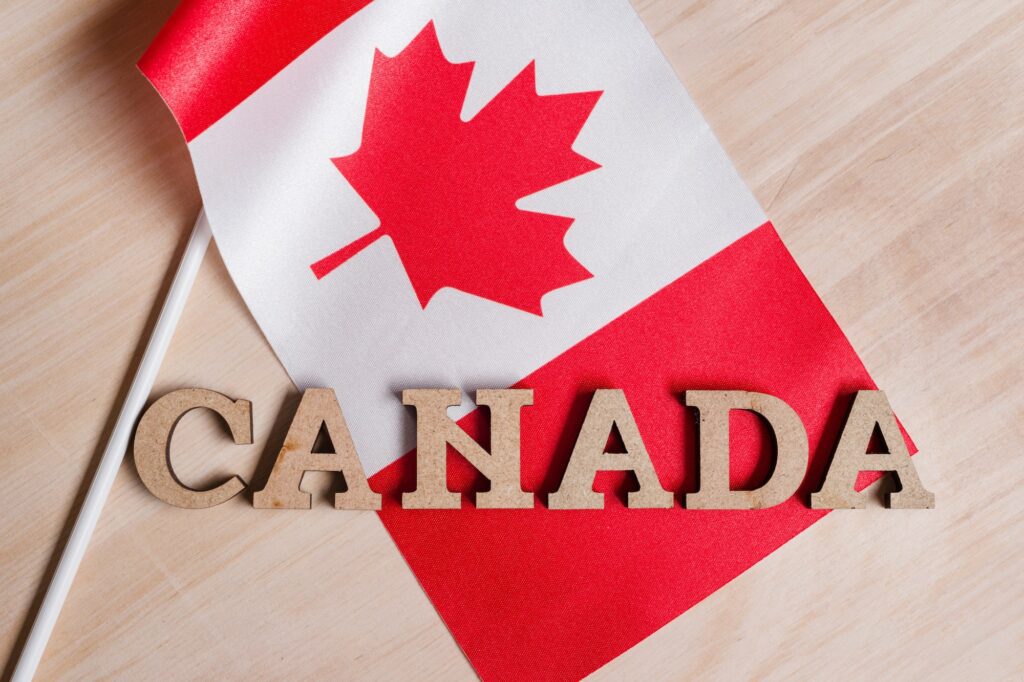
Keys to a Smooth U.S.-Canada Border Experience:
To ensure a hassle-free crossing into Canada, preparation is vital. Please familiarize yourself with the necessary documents and upload them to ArriveCAN before travel. Patience is a virtue at border checkpoints. Prioritize safety and enjoy your trip!

Here are five vital reminders:
- Documentation Ready: Ensure you have all necessary travel documents, including a valid passport, any required visas, and, if applicable, proof of vaccination or a negative COVID-19 test result.
- Check Entry Requirements: Stay updated on Canada’s latest entry requirements, especially COVID-19. This may include downloading and filling in details on the ArriveCAN app.
- Expect Wait Times: The Buffalo border crossing, especially during peak times, can experience wait times. Plan your journey to account for potential delays.
- Know the Goods and Items Restrictions: Familiarize yourself with items that are prohibited or restricted for entry into Canada, including certain food items, plants, or other goods.
- Currency and Fees: Consider having Canadian currency on hand for immediate expenses. Also, be aware of any border crossing fees or tolls.
Always double-check the specifics before your trip, as border crossing protocols can change based on current international relations, health concerns, or other factors. Safe travels!
Please refer this official website for compete up-to-date information.
Essential Travel Document Guidelines for Entry into Canada
All individuals crossing into Canada from another country should ensure they possess the right identification and any needed visas. A passport remains the most recommended choice because of its global acceptance as a trustworthy travel and identification instrument for international trips.
Airlines and other international transport entities must confirm that passengers are equipped with the correct and up-to-date travel papers. Inadequate documentation might lead to disruptions or even denial of entry into Canada. Your required documents vary based on your origin, mode of travel, and the documents you possess. Review the specific entry prerequisites per country.
Upon arriving in Canada, a border official will ask for your passport and a valid visa if your origin country mandates one. More details about the necessary travel papers are obtainable on the Immigration, Refugees, and Citizenship Canada site.
U.S. citizens enrolled in the NEXUS program can use their membership card as an ID and evidence of citizenship for arrivals by air (from the U.S.), land, or sea.
For those U.S. citizens under the FAST program, their cards can serve as IDs for land and sea entries.
U.S. permanent residents in either NEXUS or FAST schemes should always carry their passports and evidence of permanent residency. Border officials might request these documents during border checks.
For details about entering or transiting back through the U.S., all visitors are encouraged to check the U.S. Customs and Border Protection site, specifically for the U.S. Western Hemisphere Travel Initiative.
About Electronic Travel Authorization (eTA)
Individuals from countries exempt from visas require an Electronic Travel Authorization (eTA) for air travel to or through Canada, with exceptions:
- U.S. citizens
- U.S. Permanent Residents
- Those with a valid visa for Canada
- Other specific exceptions
Canadian nationals, including those with dual citizenship and Canadian permanent residents, don’t need an eTA.
Certain foreign nationals from visa-required nations can also use an eTA for air travel to or through Canada if they qualify.
Applying for an eTA before reserving a flight to Canada is wise. Though most eTA applications get processed within minutes, some might take a few days.
A Cautionary Note
Travelers seeking an eTA should exercise caution when engaging with third-party companies claiming to assist in obtaining eTAs. They don’t represent the Canadian government, and several have set up websites that charge fees for eTA-related services.
For official eTA applications, always use the official Government of Canada website.
